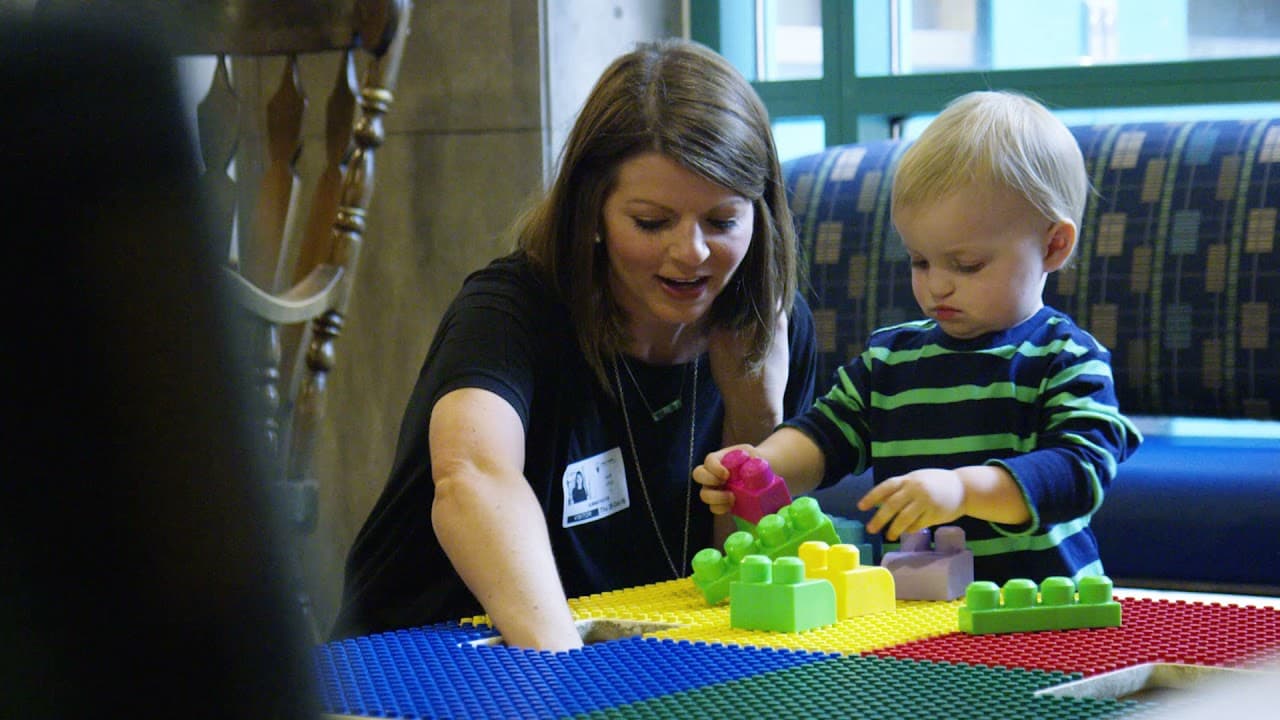Our pediatric specialists provide more than just surgery for a baby's cleft lip.
Expectant parents wait for their child’s first smile. When your child is born with a smile that looks a little different, it can be scary and overwhelming. Our experienced teams of specialists work together in coordinated, one-day team appointments, to repair a baby's cleft lip and guide parents along each step of the medical and emotional journey.
Cleft lip repair at Shriners Children's is done by our trained pediatric surgeons. Other members of your child's care team, such as speech therapists, audiologists, dentists and dental radiologists, know how to care for any related needs and concerns with a child's teeth or hearing, and you'll work with them as needed, to help your child reach their full potential.
Cleft lip can be caused by a combination of genetic and/or environmental factors. It is often diagnosed on ultrasounds of expectant mothers but sometimes it doesn't become apparent until a child is born. Whatever the cause or time of diagnosis, the plastic surgeons and specialists at Shriners Children’s are available to provide comprehensive care for your child.
Our doctors also can meet with expectant parents prior to delivery to share more about our approach to cleft lip repair, providing information and reassurance to help parents know what to expect after delivery and in their baby's first few months.
About Cleft Lip
A cleft lip occurs when the lip does not properly form as the fetus develops in the womb. A newborn’s smile will have an opening in their upper lip that may extend into their nose. In some cases, the lip and the gum line may both have a cleft (known as an alveolar cleft). Cleft lip may be unilateral (affecting one side of the lip) or bilateral (both sides).
Many babies also have an opening in the roof of their mouth called a cleft palate. Cleft lip, with or without cleft palate, occurs in about 1 in 1,000 babies, and it's much more common in boys than girls.
Shriners Children's pediatric surgeons and specialists focus exclusively on children and understand how growth and development impact the outcomes for a child's appearance and function. Learn more below about our treatment approach for a cleft lip and the types of surgeries your child may need.
Specific treatments and services may vary by location. Please contact a specific location for more information.

The difference between the Shriner Children's cleft team and other teams, is the love they incorporate into their care for your child.
Cleft lip surgery can correct the separation and improve a child’s facial appearance. Typically children with just a cleft lip that is not combined with a cleft palate, will need to have between one and three surgeries to repair their cleft lip.
Because a baby's face has many complicated structures, evaluation and treatment involves the close cooperation of a number of medical and dental specialists, including:
- Pediatric plastic surgeons
- Oral maxillofacial surgeons
- Audiologists
- Geneticists
- Nurses and nurse practitioners
- Orthodontists
- Ear, nose and throat surgeons
- Pediatricians
- Pediatric dentists
- Psychologists
- Speech therapists
- Social workers
Initial Repair
Cleft lip by itself may only require one operation when a child is a baby: the cleft lip repair surgery. Children with only a cleft lip may have limited problems with their speech and hearing. A Shriners Children's plastic surgeon will perform a cleft lip repair shortly after birth, usually when a child is 3 to 4 months old.
After cleft lip repair surgery, babies wear elbow immobilizers for two weeks so they cannot touch their face, and they consume a liquid diet. A nurse/nurse practitioner will teach you how to care for the repaired cleft lip and the stitches that are in place. Over-the-counter pain medicine is typically used as instructed by your child's care team.
Babies usually see the surgeon for a follow-up appointment two weeks after surgery. Soft foods are typically added back into the baby's diet after that visit.
Additional Surgeries
Some children, school age or older, may benefit from a scar touch up procedure (lip revision surgery) or a surgical procedure to help the appearance of their nose (rhinoplasty).
Patients who have a cleft palate in addition to a cleft lip, will need additional procedures and services as they get older.
Children with a cleft in their lip and gum (alveolar cleft), may benefit from a bone graft procedure at age 8 or 9. The procedure replaces missing bone in the upper gum and helps support the child’s teeth.
Services We Provide

Psychiatry & Psychological Services

Facial and Dental Imaging

Speech Therapy

Dentistry

Care Management

Child Life Services





